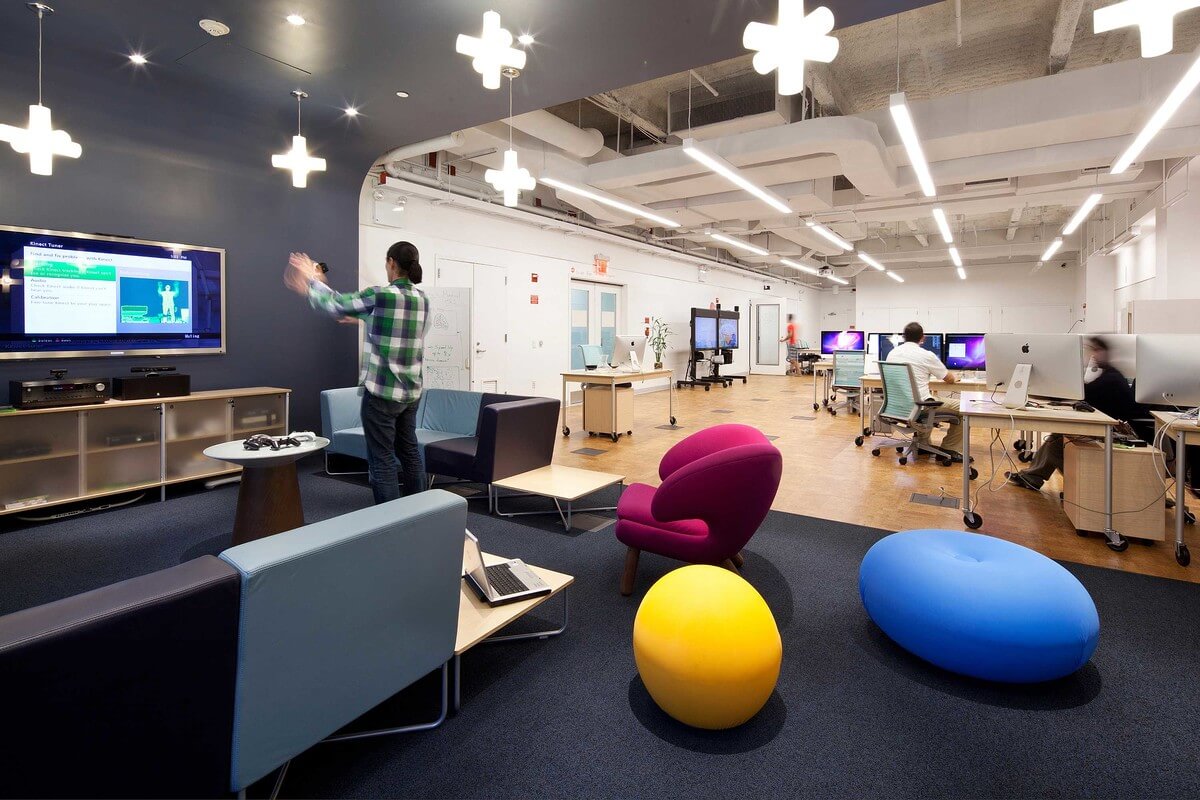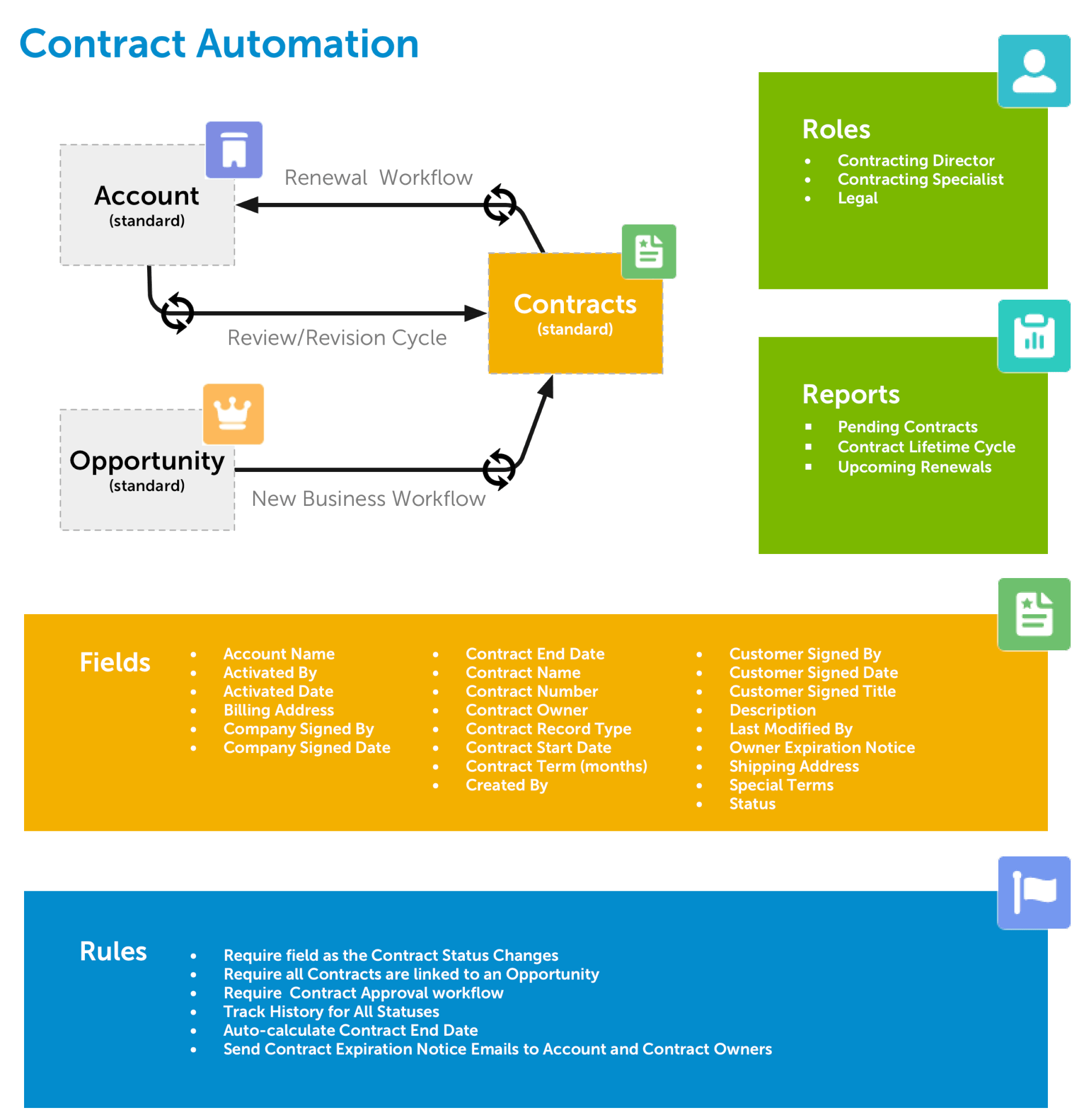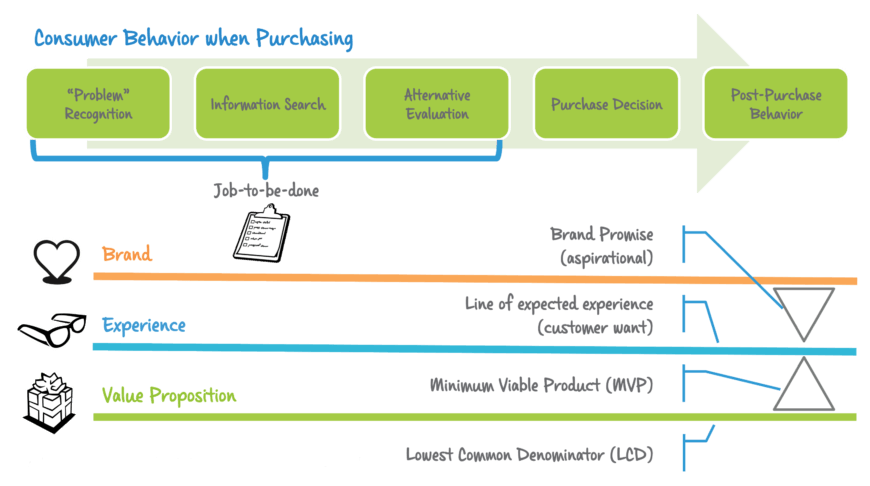Most Innovation Efforts Yield Poor ROI
We try and stay pretty positive about innovation and disruption – after all, it is what we do for a living. However, I saw this article recently, and it struck a chord with our entire team.
Five Reasons Your Boss Was Right To Shut Down Your Innovation Lab
From the article, we agree with the author’s points about:
- Most people working innovation labs tend to conflate innovation with creativity.
- A lot of innovation labs are working on projects that are not aligned with the parent company’s strategic goals.
- Innovation labs need to have a strategic focus.
- The job of an innovation manager is not to imitate the outcomes of innovative companies (i.e. ping pong tables and bean bags), but to understand and implement innovation practices to create one.
- After many years, most innovation labs have to demonstrate impact.

How Do You Know If Your Innovation Effort Needs Disrupting?
I am proud that (before it was all the rage) I was one of the 1st Chief Innovation Officers in healthcare. As part of a $12-billion-dollar machine that had been running pretty much the same way for 75 years, I certainly found the task daunting. Coming from the startup world, where I had successfully helped launch national healthcare disruptors like RediClinic and The Little Clinic, it was a shock to the system (mine and theirs). That journey is food for another story. However, my time there changed me in a very positive way, and I am certainly pleased with the results.
I mention it, however, because the article above made me realize what I could not verbalize but was feeling – most corporate innovation programs are little more than “innovation as theater.” Even with best intentions, many of them have missed their purpose, which is to disrupt. Instead, many innovation managers busy themselves (and burden others) with the non-essential work.
We decided to add in a few self-check questions that we believe all innovation managers should ask themselves. And if the answer is “Yes” (please be honest here) to most of them – then you probably need to rethink your innovation efforts.
- Is your Innovation Lab more than walking distance for more than 95% of your employee base?If so, bad idea. Innovation is for anyone who can contribute – incrementally or significantly. Who are we to think innovation only lies with a small team? This approach is a sure fire way of creating the “us vs. them” scenario.
- Do less than half of your “market ready” innovation projects get adopted by the core business?If so, then you are probably innovating for yourself. If no one wants or can use your best work, then you are not aligned with the work of the “core.” Remember, it is the big machine that pays for your experiments (and expresso machine and bean bags). You have to be meaningful to them if you want your work to take root in the market and grow.
- Do you spend more time at innovation conferences than producing successful “market ready” innovation projects? This one should be obvious. No one can tell you what will disrupt your business better than you. That is what you are paid to do. As fast as you can, learn the basics of minimum viable product development and agile methodology – and get busy disrupting. If you want some help learning or doing – call us because this is what we do best.
Well, that is what we think at least. But hey, we could be wrong. Let us know one way or the other.
To your health,
The Team at imagine.GO
Sources:
- Forbes: Five Reasons Your Boss Was Right To Shut Down Your Innovation Lab, Tendayi Viki
- Forbes, Innovation At UnitedHealthcare Has A Human Face, Jonathan Baskin
- NYU Tandon School of Engineering, CITE Game Innovation Lab












